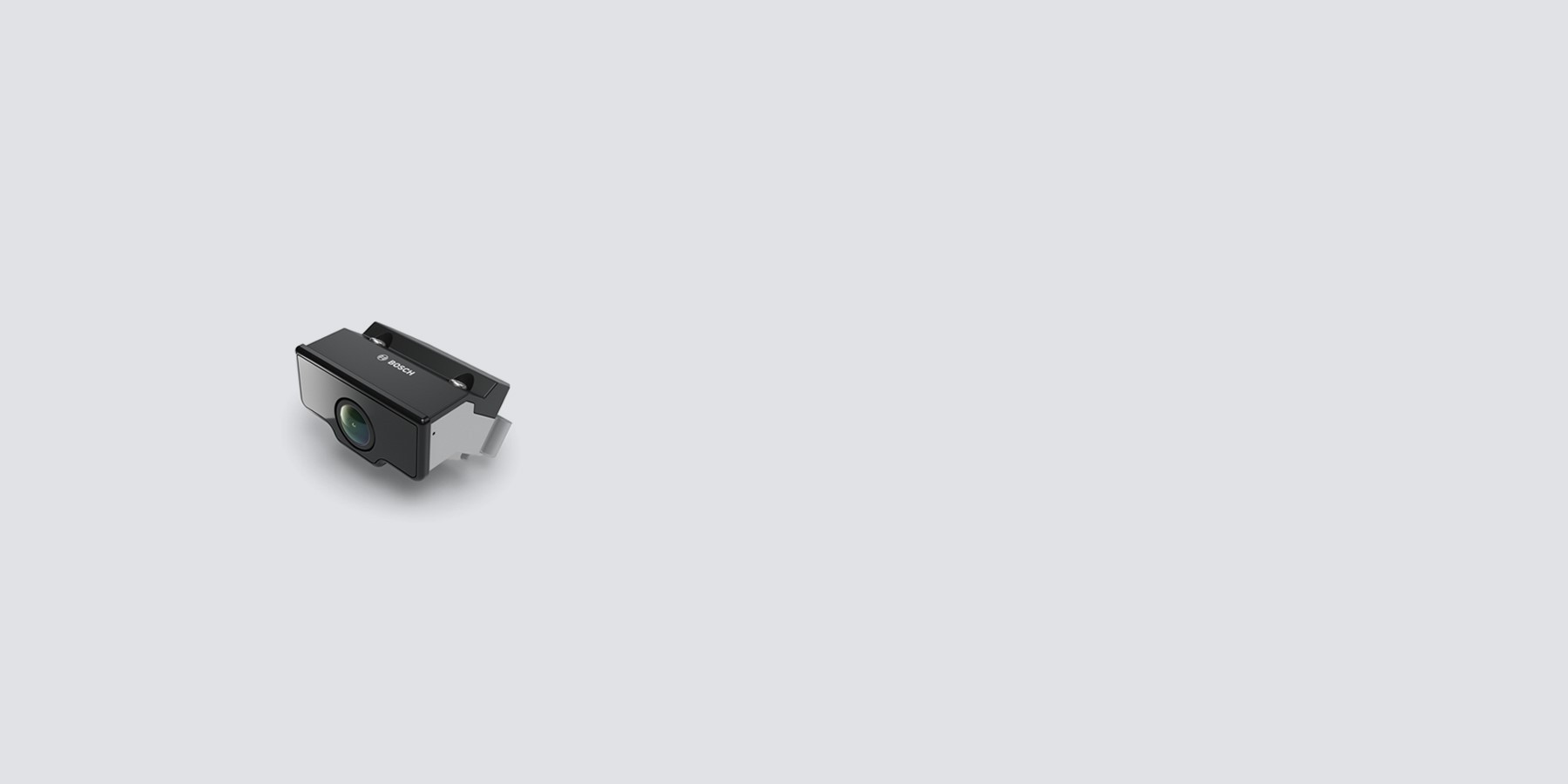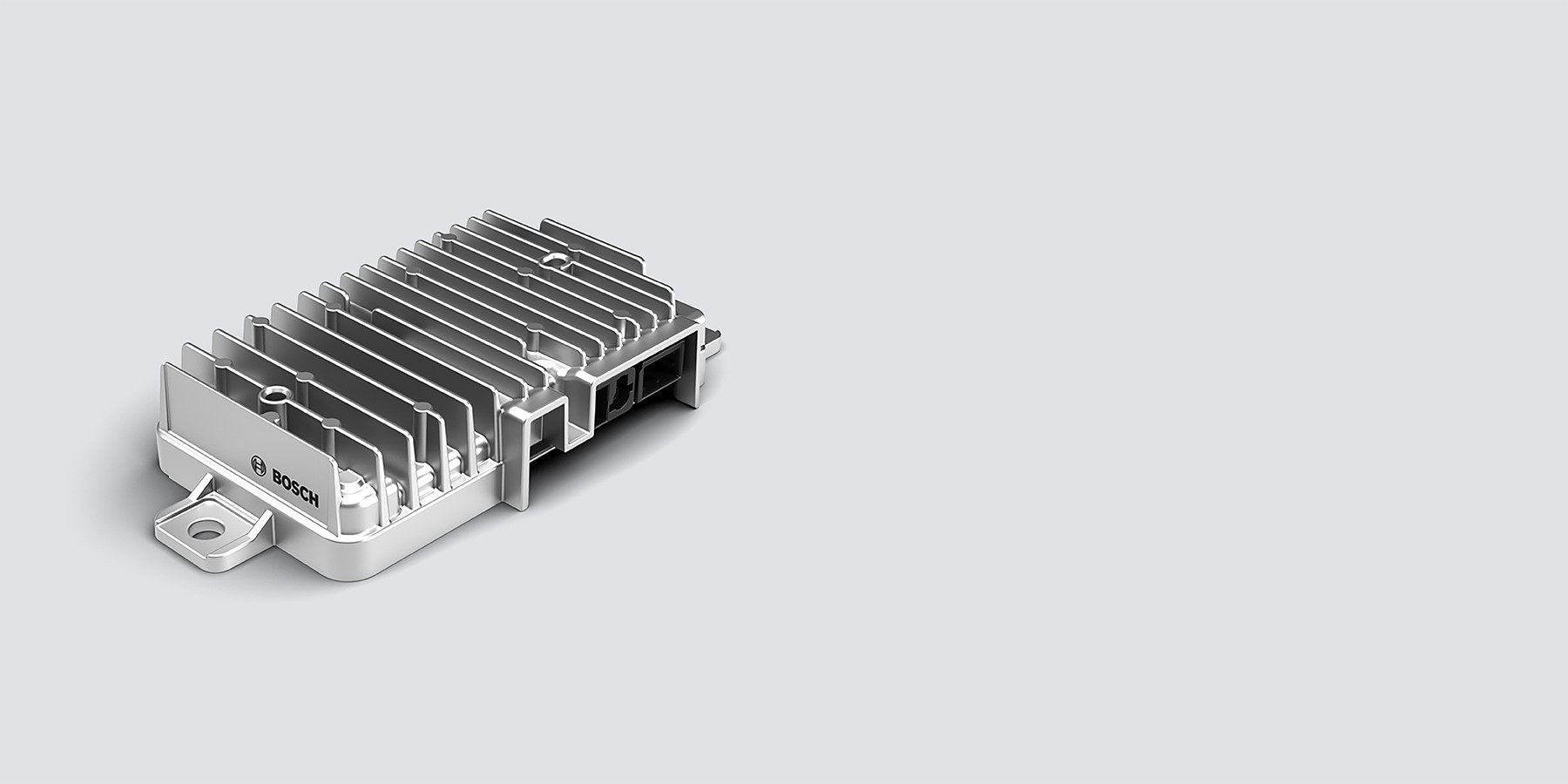Professional drivers face particular challenges during long drives on public roads. Distractions, drowsiness, and even microsleep – what happens inside the driver’s cab can have far-reaching consequences. The interior sensing systems from Bosch increase safety for all road users, while the occupants’ privacy remains protected. Using innovative sensor systems for the vehicle interior, critical situations such as distraction and drowsiness can be detected at an early stage and the driver can be warned accordingly.
road safety
due to early detection of critical situations
comfort
due to automatic personalization of comfort and safety settings
legal regulations
and NCAP requirements
automated driving
due to detection of the driver's ability to take over control of the vehicle









